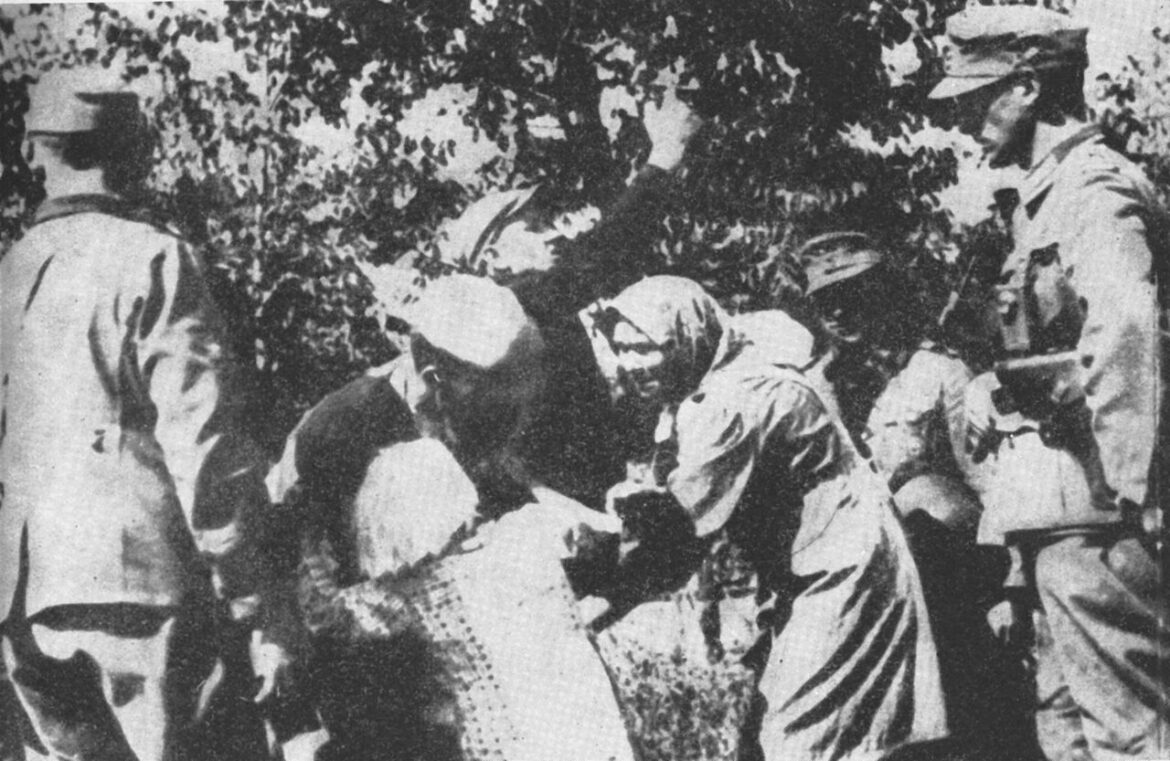On Wednesday 11 December 1942, in the village of Kitow in the Zamojszczyzna region, the Germans murdered at least 164 people, most of them women and children. This was one of many crimes committed by the German occupying forces against defenceless inhabitants of Polish villages during the occupation.
At the end of November 1942, the Germans in occupied Poland began a deportation campaign of Polish civilians from the Zamojszczyzna region, located in the eastern part of the Lublin district. The houses and farms of the displaced people were occupied by Germans who had been resettled here, mostly from the territory of present-day Romania. This action met with resistance from the Polish underground of the Peasant Battalions (BCh) and the Home Army (AK). One of the villages included in the resettlement action on 9 December 1942 was the village of Nawóz. On the night of 10/11 December, in reaction to the German actions, one of the Polish squads fired at the village buildings as a deterrent measure, most likely leading to the arson of one or more farms. According to one account, none of the Germans newly settled here were injured; according to another, several people were to be killed.
The following day, a German punitive expedition, consisting of troops from the 25th SS police regiment and German colonists from Nawoz, arrived in the neighbouring village of Kitow. It was initially reported that they had arrived regarding the failure of some residents to deliver their compulsory supplies of agricultural produce. Initially, until the afternoon hours, the presence of the Germans in Kitow was not associated with repression; a few of them even suggested Poles escape from the burning of the village, and several families took advantage of this.
The situation changed dramatically in the afternoon, after Kitow was surrounded. Polish families were brutally murdered in the buildings, mostly by the colonists from Nawoz. Soon all the inhabitants were driven to a meadow. There, one of the officers in charge of the operation announced to the assembled people that they had been sentenced to death for “bandit activity”. Soon a series of shots were fired at them from machine guns that had been set up. The wounded were later shot dead. Anna Paszko, then 12 years old, survived the execution, having been covered by the body of her mother.
In total, at least 164 people were murdered by the Germans in Kitow, including 28 children under 15 and 75 women and girls.





